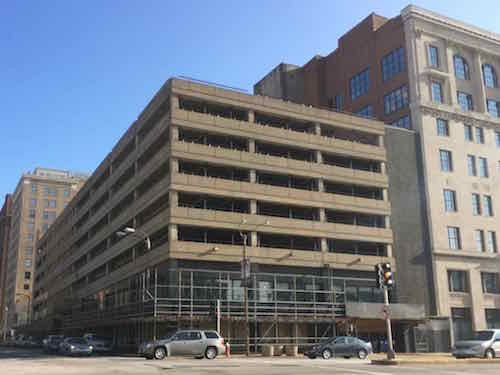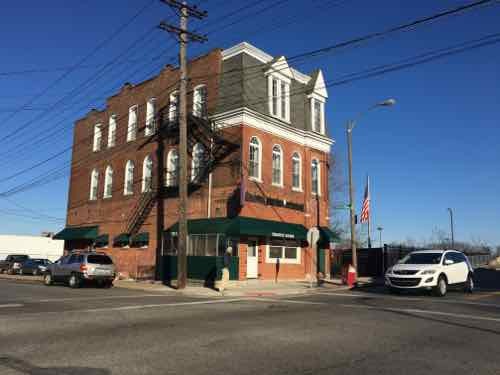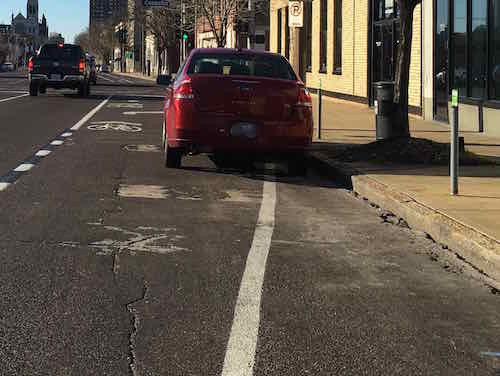Gateway One/Peabody Plaza Is Here To Stay
In the 1970s/80s the City of St. Louis sought to keep the Gateway Mall marching Eastward toward the the Old Courthouse and Arch. However, there was no money to pay for it. There were also historic buildings in the blocks — the owner(s) proposed renovating the historic buildings. Another plan was selected:
Downtown business executives and union leaders created Pride Redevelopment Corp. and successfully pushed for a plan to clear the land between Kiener and Serra. Then, they would develop office towers on the north side, facing Chestnut. The revenue from the towers would underwrite costs for a “half mall” on the south side.
Over the protests of preservationists, the three notable buildings were demolished. But because the economy remained in a trough, only one tower was built: Gateway One, the 15-story sore thumb that has irked scores over the years. (Now it’s Peabody Plaza, home to Peabody Energy.) (Spotlight: Building interrupting the Gateway Mall is a mayor’s regret)
The Buder & International were imploded in August 1984, the Title Guaranty was also gone by the end of 1984. The half-mall plan called for four identical buildings — one on each of the four blocks from 6th to 10th. More detail here.
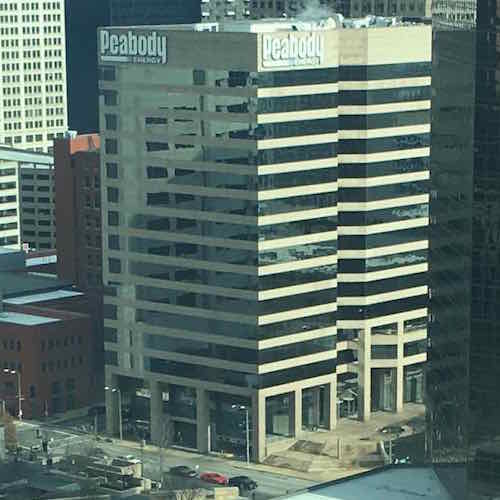
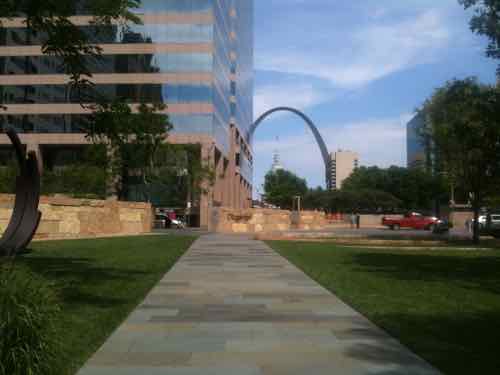
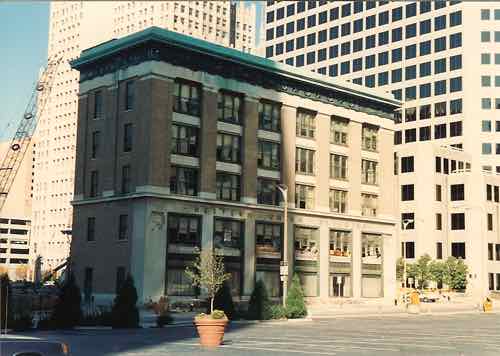
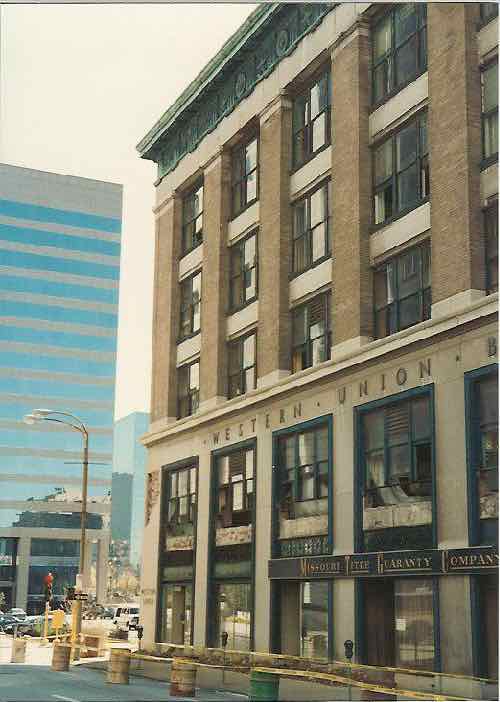
In hindsight, most acknowledge the half-mall plan was a mistake. It was already dead by 1993, but demolition continued. Had the buildings on the two blocks West of Gateway One not been razed the one half building wouldn’t have stood out so much. I moved to St. Louis in August 1990 — Gateway One was already complete by then, But in 1992/93 I personally argued with architect Donald Royce, telling him razing the two blocks between the Gateway One and the Serra “Twain” block was another mistake. Fifteen years later Citygarden almost makes up fir the bad decision.
Back to Gateway One.
Over the years many have said it should be torn down. I’m no fan on the building, but that’s not going to happen. Ever.
The building sold in 2006 for $65 million. For many decades the building will be too costly to raze for more park space — we can’t afford to redo the excessive park space of the Gateway Mall — we don’t need more. Peabody has another decade remaining on their lease and the building will remain viable for decades.
Face the facts — it’s not going anywhere. Just be thankful St. Louis abandons plans before they’re finished, otherwise we’d have a total of four.
— Steve Patterson
